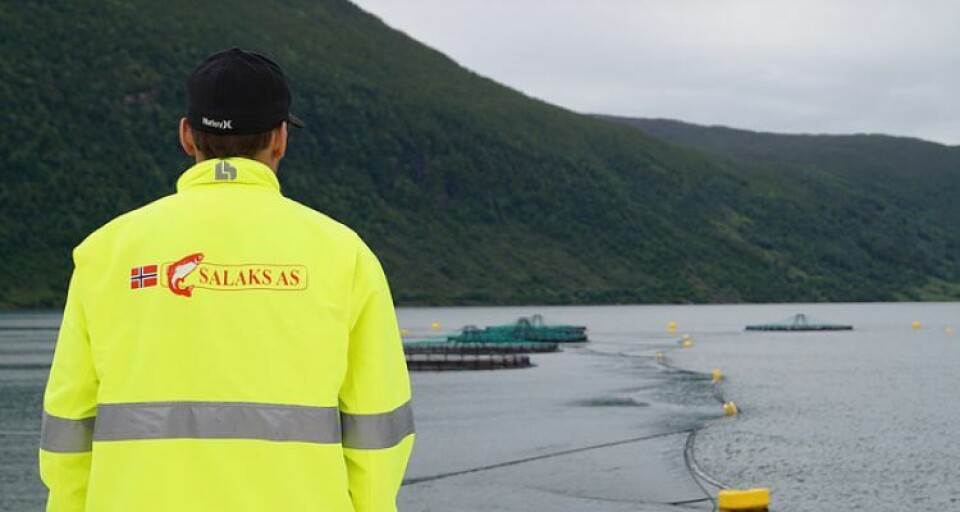
FjordMax joins long list of fish farming innovations
It may sound like it should be the name of a van, but the FjordMax is actually “a semi closed integrated farming platform”, the latest in a series of innovative fish farming systems put forward by Norwegian producers in the hope of getting new licences.
Troms-based Salák has applied for nine development licences for the concept FjordMax, and is seeking a maximum permitted biomass of 7,020 tonnes.
Salak AS currently has five fish farming licences, and has been assigned a green licence. The company has its own slaughterhouse in Rotvik in Salangen municipality. Salak has 73 employees and a total production which amounts to nearly 9,000 tons per year.
Earlier this month, the first eyed eggs were placed at the new RAS plant of Salak’s sister company, Salangfisk, which plans to increase smolt production tenfold.

The FjordMax is the 37th application for sought-after development permits in Norway. So far five have received approval, though not necessarily with the full amount of licences and biomass requested, while 18 have been rejected. See full listings here.
The five approved schemes are Ocean Farming’s (SalMar) "Ocean netpens" based on offshore technology; North Salmon Farming’s "Havfarm" for offshore aquaculture; MNH Production’s "Aquatraz" semi-closed pond; AkvaDesign’s closed cage technology; Marine Harvest Norway’s "Egg" closed pond technology.
SalMar’s Ocean Farm 1 – the world’s first offshore fish farm – has been built at a shipyard in Qingdao, China and is due to arrive in Norway in the second half of 2017. The 110-metre wide structure will be positioned in Frohavet, off the coast of Trøndelag.























































